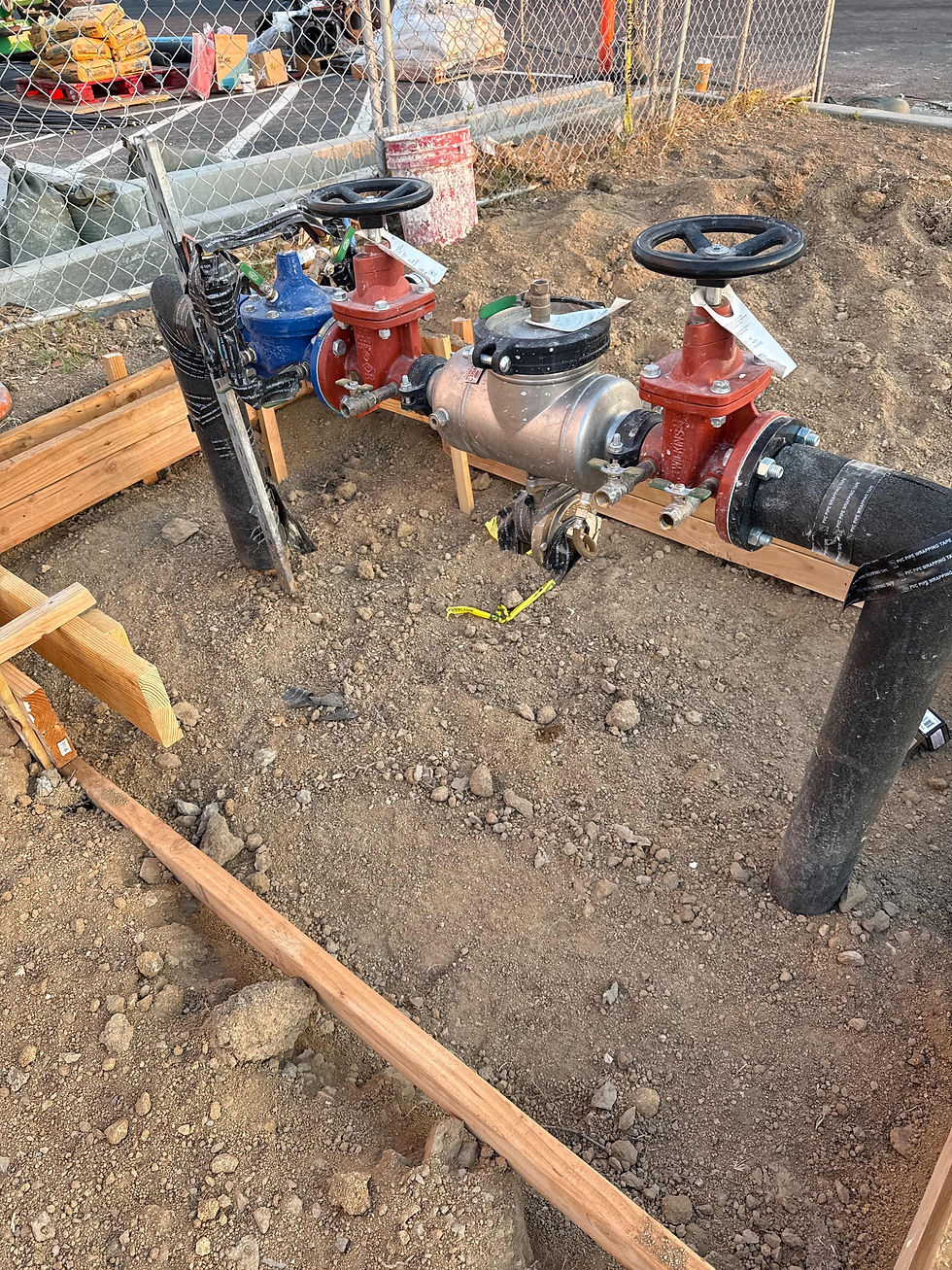Backflow Prevention Containment: Safeguarding Water Quality
- bill57931
- Jul 11, 2024
- 3 min read

Maintaining the safety and purity of our water supply is of utmost importance. Backflow, the undesirable reversal of water flow, can lead to contamination and pose serious health risks. To combat this, the use of backflow prevention containment systems has become increasingly prevalent.
In this article, we will explore what backflow prevention containment is, how it works, and its significance in safeguarding water quality. Additionally, we'll discuss new ideas and advice not previously mentioned to enhance backflow prevention efforts.
Understanding Backflow Prevention Containment
Backflow prevention containment refers to the installation of devices or systems that prevent the backward flow of water and potential contaminants into the main water supply. These containment systems act as barriers, ensuring that water flows in one direction and preventing cross-connection incidents that may lead to contamination.
How Backflow Prevention Containment Works
Backflow prevention containment systems employ various methods to prevent the backflow of water. Some common types of containment systems include:
Air Gaps: An air gap is a physical separation between the water supply and the potential source of contamination. By creating an air space, backflow is prevented as there is no direct connection between the two.
Reduced Pressure Zone (RPZ) Assembly: An RPZ assembly consists of a series of valves that create a barrier between the water supply and potential contaminants. It uses a differential pressure principle to prevent backflow.
Double Check Valve Assembly: This assembly consists of two check valves that allow water to flow in one direction only. It provides backflow prevention by using two valves in series to create a reliable barrier.
Pressure Vacuum Breaker Assembly: This assembly utilizes a check valve and an air inlet valve to prevent backflow. It allows air to enter the system when a drop in pressure occurs, preventing the backward flow of water.
The Significance of Backflow Prevention Containment
Backflow prevention containment is essential for maintaining the safety and quality of our water supply. It helps prevent the contamination of potable water with harmful substances, such as chemicals, bacteria, or sewage. By ensuring that water flows in one direction and preventing cross-connection incidents, backflow prevention containment systems play a vital role in protecting public health.
New Ideas and Advice:
Regular Testing and Maintenance
To ensure the effectiveness of backflow prevention containment systems, regular testing and maintenance are crucial. These systems should be inspected periodically to verify their functionality and identify any potential issues. Engaging the services of certified professionals for testing and maintenance guarantees the integrity of the containment systems.
Integration of Smart Technology
Incorporating smart technology into backflow prevention containment systems can enhance their efficiency and reliability. For instance, utilizing sensor-based monitoring systems can provide real-time data on water flow and pressure, enabling proactive detection of anomalies and potential backflow incidents. This technology can facilitate prompt action and minimize the risk of contamination.
Community Education and Engagement
Educating communities about the importance of backflow prevention containment is essential for ensuring widespread awareness and compliance. Community engagement programs can provide information on the risks of backflow, proper usage of water systems, and the significance of regular inspections. This knowledge empowers individuals to take responsibility for maintaining the integrity of the water supply.
Conclusion:
Backflow prevention containment systems are vital for safeguarding the quality and safety of our water supply. Through the use of various containment methods, such as air gaps, RPZ assemblies, double check valve assemblies, and pressure vacuum breaker assemblies, we can prevent the backward flow of water and potential contaminants.
Regular testing, integration of smart technology, and community education are crucial in enhancing the effectiveness of these systems. By prioritizing backflow prevention containment efforts, we can ensure a cleaner, healthier, and safer water supply for everyone.







Comments